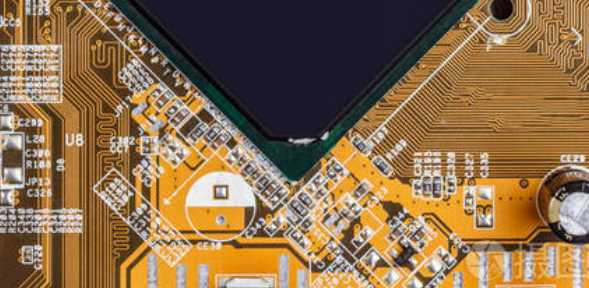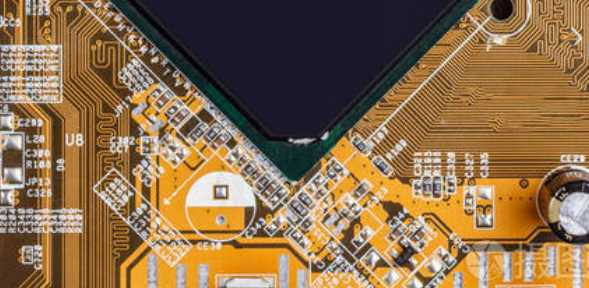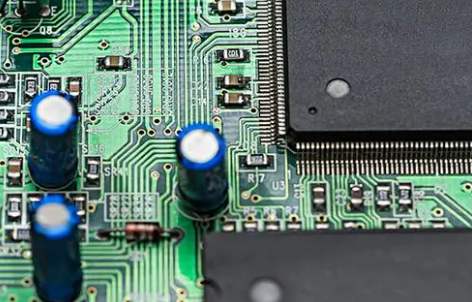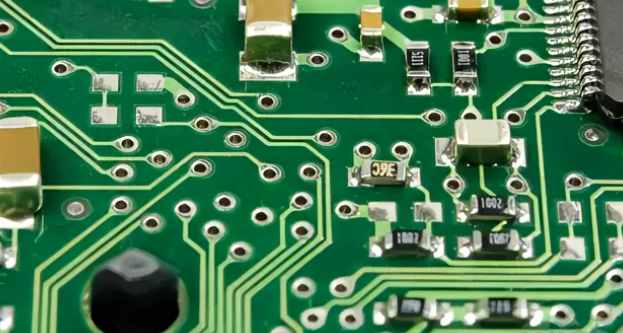
There are many benefits of hardboard that many designers don't know about because their designs don't have to use this technology. However, more and more designers are facing the pressure of building more and more high-density electronic devices, and they have to continuously reduce the cost and reduce the manufacturing time. Well, this isn't really a new technical problem. Many engineers and designers have been struggling for a long time, and the pressure is mounting. Therefore, it is wise to know how to make flexible circuits as well as flexible and rigid plates. This way, we can easily find design errors and prevent them from happening. Now, let's take a look at the basic materials needed to make these boards.
There are many benefits of hardboard that many designers don't know about because their designs don't have to use this technology. However, more and more designers are facing the pressure of building more and more high-density electronic devices, and they have to continuously reduce the cost and reduce the manufacturing time. Well, this isn't really a new technical problem. Many engineers and designers have been struggling for a long time, and the pressure is mounting.
Therefore, it is wise to know how to make flexible circuits as well as flexible and rigid plates. This way, we can easily find design errors and prevent them from happening. Now, let's take a look at the basic materials needed to make these boards.
Materials for flexible circuits
Substrate and protective layer film
First, consider the common rigid printed circuit board, which is usually based on fiberglass and epoxy. In fact, this material is a kind of fiber, and although we call it "rigid," if you take out a single layer, you can still feel its elasticity. Because of the cured epoxy resin, can make the plate more rigid. Because it is not flexible enough, it cannot be applied to some products. But it is suitable for many electronic products that are simply assembled and the board does not move continuously.

In more applications, we need more flexible plastic films than epoxy resins. The most common material we use is polyimide (PI), which is so soft and strong that we can't tear it or stretch it easily. And it also has incredible thermal stability, can easily withstand the temperature changes in the process of reflow welding, and in the process of temperature fluctuations, we can hardly find its telescopic deformation.
Polyester (PET), another commonly used flexible circuit material, has poorer heat resistance and temperature deformation than polyimide (PI) films. The material is often used in low-cost electronic devices, where the printed circuit is wrapped in a soft film. Since PET cannot withstand high temperature, let alone welding, it is usually made by cold pressing process. As I recall, the display part of this clock radio uses this flexible connection circuit, so the radio often doesn't work properly. The root cause is this poor quality connection. So we suggest that soft and hard combined board or choose PI film, other materials are also available but not often used.
PI film, PET film, thin epoxy resin and glass fiber core are commonly used materials for flexible circuits. In addition, the circuit also needs to use other protective film, usually PI or PET film, sometimes using mask solder resistance ink. In the same way that a wire is protected by a welding layer on a hard plate, a protective film insulates the conductor from corrosion and damage. PI and the thickness of PET film in one-third mil to 3 mil range, including 1 mil or 2 mil thickness is commonly used. Fiberglass and epoxy resins are thicker, usually from 2 to 4 mil.
conductor
Printed wire, usually carbon film or silver-based ink, is used in the money-saving electronics mentioned above, but copper wire is a popular choice. Depending on the application, we want to choose different forms of copper foil. If only in order to replace wires and connectors, so as to reduce the manufacturing time and cost, then good application in the circuit board electrolysis copper foil is the best choice. Electrolysis of copper foil is also used in situations where the carrying capacity of the current can be increased by increasing the weight of copper to achieve a copper width, such as planar inductors.









